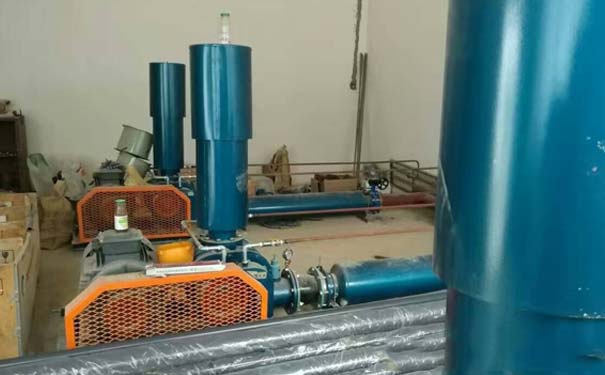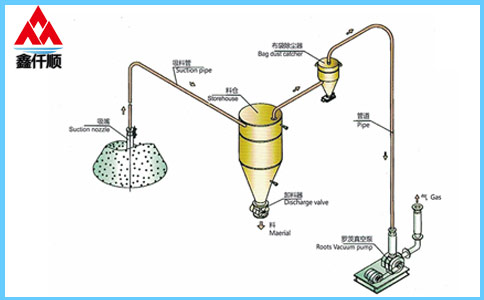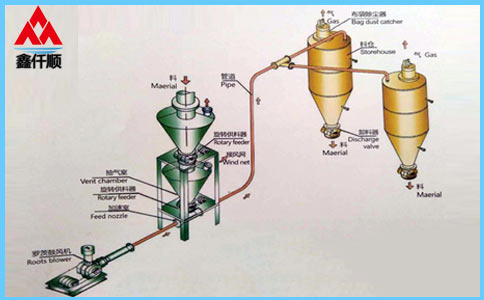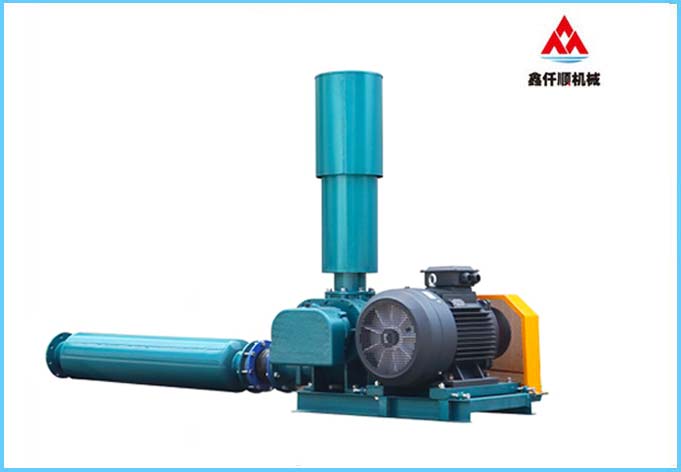If Roots blower is not started with no load, it will trip or suffocate. When starting, remember that Roots blower is started with no load. In case of ordinary tripping, the Roots blower will simply trip, which will not damage the Roots blower. At this time, what should be done is to open the vent valve, start the fan, and check the operation of the fan. The motor is burnt out. If the motor is burnt out and the Roots blower cannot be started, then we need to replace the motor, and the loss is relatively serious. Roots blower cannot hold the pressure, which is very easy to cause motor damage, and the bearing pressure of the blower will rise sharply, which will lead to a very serious situation.
If one circuit of the rectifier template of the aeration roots blower frequency converter fails, it will cause over-current protection power-off tripping. Do not make too much dust inside the inverter of the aeration roots blower or the radiator, resulting in poor heat dissipation, then the roots blower will be powered off and tripped. If the internal clearance of Roots blower rotor, cavity, etc. becomes smaller due to long-term rust and dust, the resistance will increase, which will lead to overload and power off protection.
The direct cause of Roots blower tripping is motor overload and high current. The causes are as follows:
1. The air outlet is blocked, which makes the blower pressure exceed the set pressure, causing the motor to overload and trip;
2. If foreign matters enter the air chamber and cause the impeller to jam, the motor will also overload and trip;
3. The required working air pressure is higher than the maximum air pressure that the motor can output, and the motor power is overloaded, causing tripping;
4. Determine whether the working current of the motor is normal by testing the running current, eliminate whether the air switch is too small, and replace it with a protective switch with a larger current value.
The capacity of the frequency converter is not accurate in the selection process, and the parameters are slightly small. Therefore, the frequency converter selection of the aeration roots blower must exceed the rated power of the motor by about 20%. In this way, the power failure and tripping of the aeration roots blower will be avoided when the load is slightly high. The unstable voltage is also one of the reasons for the protective power-off tripping of the aeration roots blower frequency converter. If the voltage is too low and lower than 360 V, the overcurrent protection of aeration roots blower will be cut off and tripped; otherwise, if the voltage exceeds 410 V, the converter will be overheated inside and cut off and tripped. In the same way, when the voltage fluctuates violently due to the startup of large equipment in the surrounding power grid in the application scenario of Roots blower, the power failure protection of the blower will also trip. If one circuit of the rectifier template of the aeration roots blower frequency converter fails, it will cause over-current protection power-off tripping. Do not make too much dust inside the inverter of the aeration roots blower or the radiator, resulting in poor heat dissipation, then the roots blower will be powered off and tripped. If the internal clearance of the rotor, cavity, etc. of the three blade Roots blower becomes smaller due to long-term rust and dust, the resistance will increase, which will lead to overload and power off protection.
I believe that after reading the above contents, you should also understand the causes of Roots blower tripping. I hope it will help you.
Text label: Roots blower
Link to this article: //wuhanzhcs.com/html/news/n02/699.html










